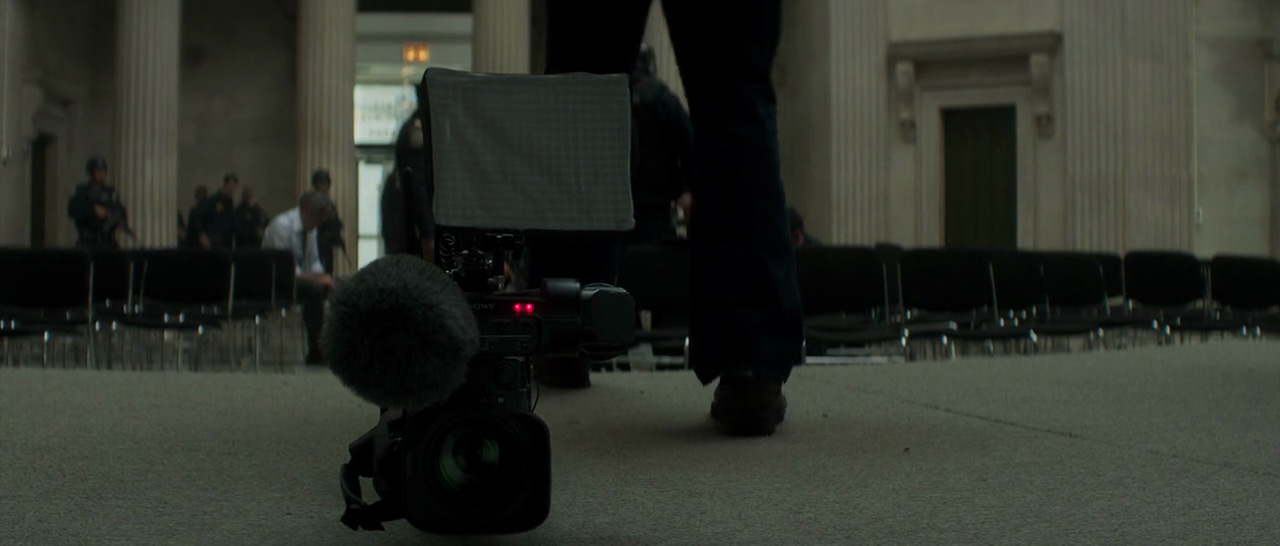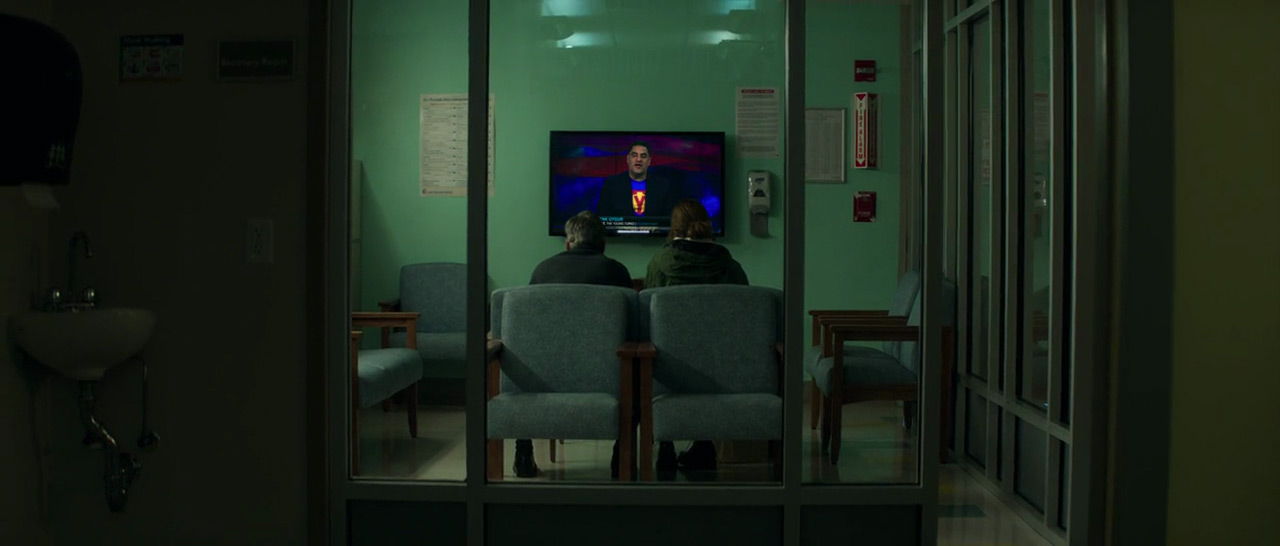A surprisingly good film that uses the power of the cinematic to elevate the contemporary progressive struggle to reshape our approach to the economy.xxxxxxxxxxxxxxxxxxxxxxxxxxxxxxxxxxxxxxxxxxxxxxxxxxxxxxxxxxxxxxxxxxxxxxxxxxxxxxxxxxxxxxxxxxxxxxxxxxxxxxxxxxxxxxxxxxxxxxxxxxxxxxxxxxxxxxxxxxxxxxxxxxxxxxxxxxxxxxxxxxxxxxxxxxxxxxxxxxxxxxxxxxxxxxxxxxxxxxxxxxxxxxxxxxxxxxxxxxxxxxxxxxxxxxxxxxxxxxxxxxxxxxxxxxxxxxxxxxxxxxxxxxxxxxxxxxxxxxxxxxxxxxxxxxxxxxxxxxxx
Money Monster is actually a very decent film. While it may have initially seemed like it was going to simply play into stereotypes surrounding its story (of the unhinged, non-sensical radical left-wing activist, the loser in his mother's basement who justifiably can't make a life in the harsh demands of reality), what makes the film good is that it actually does this intentionally so as to more effectively undermine the stereotypes with which it deals. It is in these reversals that the film lets you know that it is a thoughtful film, one that has an actual agenda.
More interesting, though, is the way in which Money Monster brings together elements of a nascent progressive resistance against the corporate fascism beginning to emerge in the U.S. to explicitly mobilize the political potential of the cinematic towards amplifying its potential. For instance, rather than only the ubiquitous Wolf Blitzer and CNN (which do make their appearance) to add that now common-place documentary-esque authenticity to the news coverage of the events in the movie, it also turns to some of the new progressive internet up-starts like the Young Turks; and, in its closing moments, rather than just establishment talking heads on the news coverage, we get a glimpse into what might be considered its more hidden, generally ignored in mainstream media progressive politics, for instance with Bernie Sanders supporting economist Robert Reich. In this way, the film takes its story about a financial news channel that finally begins to take its work seriously re:its responsibility in reporting on the pervasive fraud and abuse through which Wallstreet makes its money these days and connects it to the reality of that same struggle taking place contemporarily in American society.
So, what could have been only an entertaining, yet honest film raises these mostly peripheral, under-represented struggles to the level of the cinematic. Whereas other movies dealing with the issue of the 2008 Financial Crash and the transformation in consciousness about the role of Wallstreet in the American (and global) economy have primarily functioned in the normal mode of cinematic communication1, this film uses the representational potential of the cinema to reflect within itself certain significant elements of a (progressive political) reality so that we, as viewers (and particularly viewers that see themselves as part of that same struggle), see life in the (hope and newfound possibility) that elevating them to the cinematic accomplishes2.

Footnotes
For, instance, in the case of The Big Short, while the series did try to achieve something unique through the use of a documentary perspective, this had more to do with attempting to adopt a casual comedy style of The Office than anything else. Wolf of Wallstreet, on the other hand, operates through the purely poetic, metaphorical: while the film is based on a real-life story, the way in which it is told occurs only from within the purely fictional reality it creates, so that it is only through its resemblance to reality that its message is transmitted. This is the more basic way in which film's political potential functions according to mimesis, the imitation of reality.. ↩
The Newsroom accomplishes a similar feat, in the way in which it treats real-life events (i.e., the shooting of congresswoman Kathy Giffords) according to its own cinematic logic, accomplishing a rearticulation of reality according to the (progressive political) logic of the show. Also, this isn't to say that Money Monster does not function according to mimesis (see above footnote), but that in addition to it, the film also makes use of this hybrid documentary-fictional technique that directly exploits the representational potential of the cinematic. ↩
